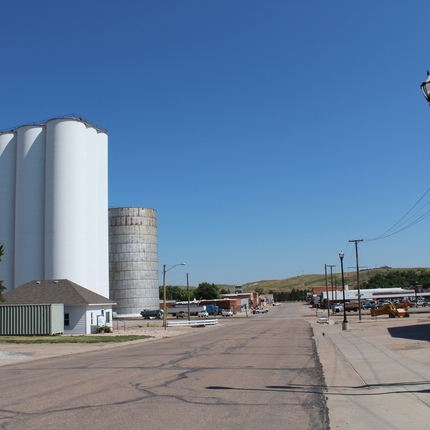By Johnathan Hladik, former policy director
An overreliance on faulty data may be leaving thousands of rural Nebraska households out of the digital age. Twice per year, the Federal Communications Commission (FCC) collects broadband access data through Form 477 from internet service providers. This data has a host of problems and can severely overestimate broadband access.
Many Nebraskans are being left behind because of this inaccurate information. Meanwhile, state and local governments are using this information as a primary source to distribute their limited resources—something it was never intended to be used as.
Through Form 477, access is reported on a Census block scale to the FCC. There are 11,078,297 Census blocks across the nation, 3,200 of which span areas larger than all of Washington, D.C. Collecting service information on this scale is a problem for rural residents. If one household in an expansive Census block has access to broadband, the whole block is reported as served.
If someone 2 miles away has access to broadband, that doesn’t mean their neighbors have access, too. This doesn’t help children complete school assignments or help to start and grow a small business. Furthermore, an entire Census block can be counted as served if the provider could do so without “an extraordinary commitment of resources”—a phrase with no official definition.
The Nebraska Legislature can invest in the state’s rural economies by improving broadband service mapping and ensuring access to all residents.





